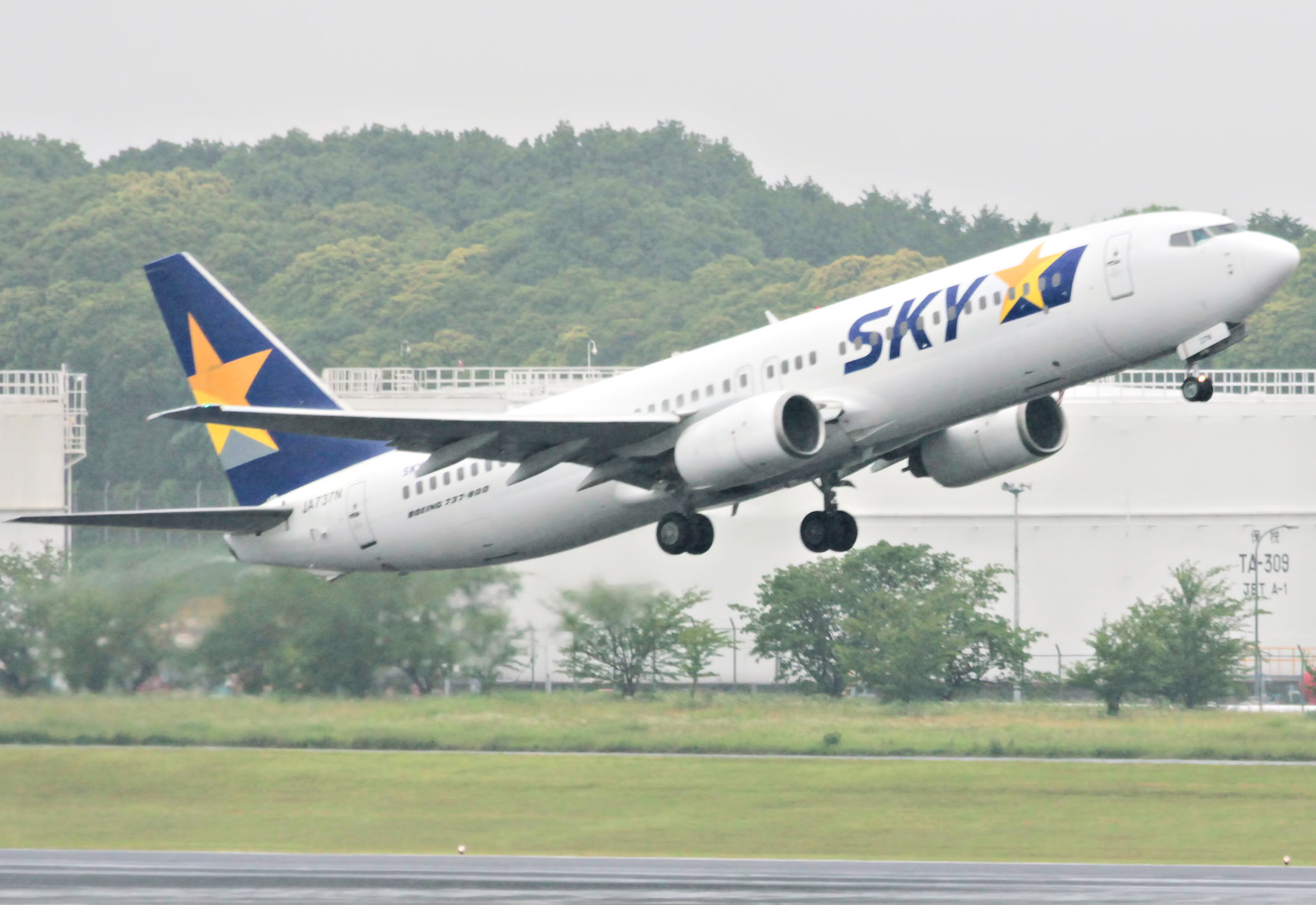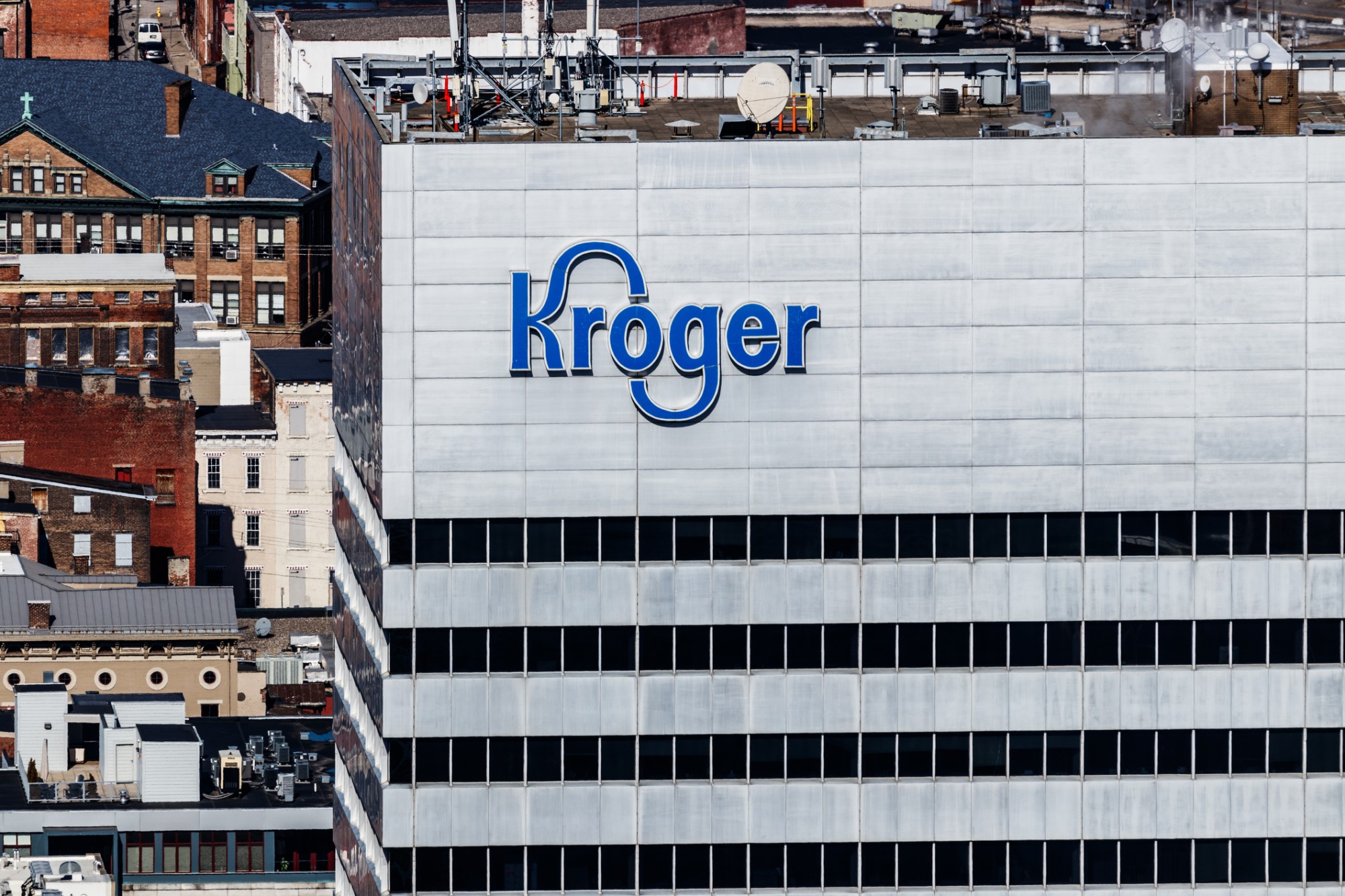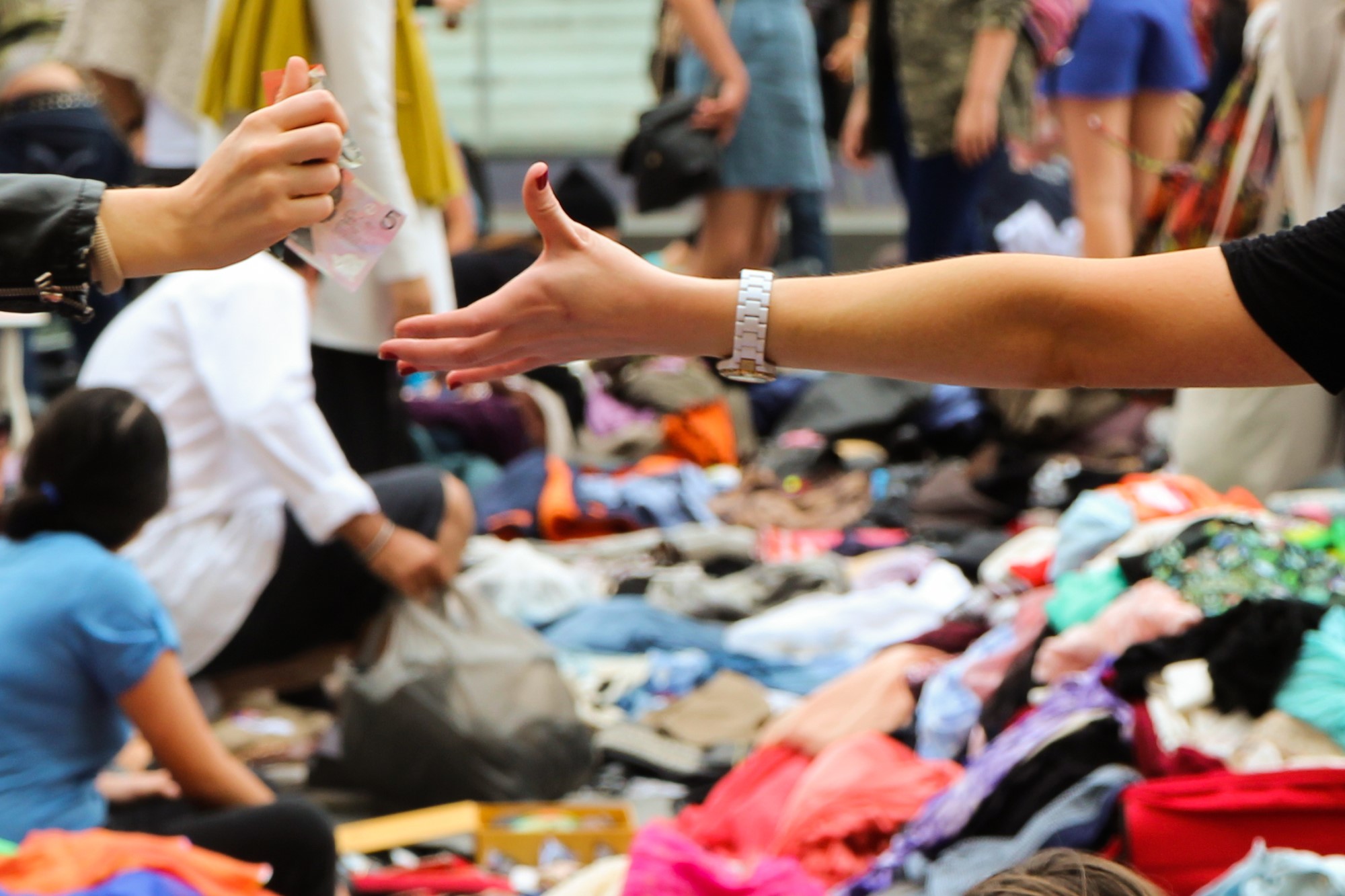Airplane Crashes and the Diffusion of Responsibility
Air travel has become steadily safer and more reliable for decades, but the second crash involving Boeing’s new 737 Max aircraft has created newfound uncertainty among potential flyers. The crash of an Ethiopian Airlines plane on March 17 has been linked to a similar crash of a Lion Air plane on October 29, 2018, pointing to a disturbing trend. In the wake of such a tragedy, we are often left looking for answers out of both pragmatic and moral motivations: we want to prevent future accidents, but we are also looking for someone to blame. Ultimately, such searches are often unsatisfying, particularly in the latter respect.
Although investigations are ongoing, early information seems to absolve the pilots, both of whom were highly experienced, and the focus has shifted to concern about the planes themselves. Software on Boeing’s new 737 Max airplanes called the Maneuvering Characteristics Augmentation System (MCAS) seems to have malfunctioned, causing the planes to angle downward and become uncontrollable. In light of this possibility, the United States Federal Aviation Administration (FAA) has grounded all 737 Max aircraft, and Boeing has slowed down—although not halted—production on what was their fastest-selling model.
If there is a problem with the airplane, who is to blame? Most fingers point to Boeing, the company which designed and manufactured the aircraft. Not only did Boeing’s software critically malfunction, but a report by The New York Times found potentially vital safety features being sold as optional extras for the airplanes, calling into question the excessively profit-oriented strategy of the company. Some, including the Ethiopian government, have criticized regulators like the FAA for their failure to enforce more stringent testing and safety requirements. It is also worth noting that airlines are responsible for safety inspections of aircraft before they fly. However, leaving the blame on any one of these corporations seems insufficient. All of these entities—manufacturers, regulators, airlines—represent vast networks of individuals, each of whom seems to bear little to no individual responsibility. What do we do when everyone does their job correctly, but things still go wrong?
This problem is exceptionally acute for companies like Boeing, which (one would assume) includes many fail-safes in its quality-control procedure. Even with careful review, it can be difficult to pinpoint exactly where in the process the error or oversight was introduced. Although these fail-safes are valuable and necessary for the safety and success of Boeing’s enterprise, they also create an ethical problem by diffusing responsibility across a wide network of individuals and systems. At worst, a network of diffused responsibility can create a bystander effect in which every individual assumes that someone else will deal with a problem, while in reality the problem goes unaddressed.
There is a tendency to reduce this problem to one of a few simple parameters. Who was the last person to inspect the aircraft or test the software? Perhaps they should have caught the problem after others had failed to do so. But one person’s position along a chain of safety checks is accidental: if the first person and the last person were switched, the result would be the same. Who has the greatest power in the organization? Often it is the C.E.O.s and presidents of companies that are left giving statements to the media when disaster strikes, but they are so distant from the daily operations of their company that it seems unreasonable to expect them to vet every action and decision. Neither these nor any other singling out will ever satisfy the larger question of culpability. Individuals caught up in this game of passing the buck are faced with two bad options: to point fingers is ignoble, but to accept responsibility can be a discrediting and thankless feat.
An alternative would be to blame the system itself. Because the system allowed for the diffusion of responsibility, the system itself must be flawed. One interpretation is that the way in which Boeing goes about producing aircraft is an unethical system which fails to protect the basic right to life of its customers. We could point a finger at the architects of the system, which in this case would probably comprise some past and current executives at Boeing, but again, no architect could possibly predict every outcome of the system they design. A broader interpretation might condemn the corporation model itself: in the ruthless pursuit of profit, corporations make forgetting human lives all too easy. A cynic might look at the common initialism “LLC,” or “limited liability company,” as an indicator of the role of the corporate structure in reducing liability and responsibility among its owners.
The search for answers regarding these plane crashes will probably arrive at many ways to prevent further tragedies. In all likelihood, new systems for design and quality control will be implemented, and greater oversight and cross-checking will be mandated. While the path forward on the pragmatic side is clear, the ethical dimension of these systemic failures is more uncertain. Humans desire obvious villains on whom to place blame, but, unfortunately, true tragedies are rarely so simple. Too often, we fall into the practice of scapegoating to resolve these dilemmas, but it would be better to embrace and negotiate the inherent complexities of these situations.





